Mango is the most consumed fruit in the world and ranks fifth in the world among major fruit growing crops in agriculture. This juicy and delicious fruit is ten times as consumed as apples, and even bananas "lose" with a score of 3 to 1 in favor of mango. Mango (Mangifera indica, Anacardiaceae) is the fruit of the same name tree that reaches 30 to 40 meters tall.
It is evergreen with thick deep green leaves and a dense crown reaching a diameter of 10 meters. The home of mangoes is India and Southeast Asia, but it now grows wild in Pakistan and Bangladesh. There are dozens of varieties of mangoes, the most popular among them are Alphonso, Tommy Atkins and Kondo. The fruits vary in size from 5-6 cm in the smallest and over 25 cm in giant fruits. Large mango weighs 2-3 kg.
The fruit is oval, pear-shaped or kidney-shaped. Its color varies from green, yellow, orange-yellow, orange-red, and the flavor is typically sweet and fragrant, recalling a peach and pear to a point. The flesh is juicy, with a large flat pip in the middle. Often, a large mango pulp has particles that must be removed.
Although it is the most consumed fruit in the world and is valued by many people because of its immense nutritional composition, mango is not yet a popular fruit in many places. In those places, its price is relatively high and is still considered an exotic fruit.
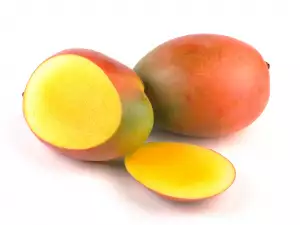
Mango is cultivated in India in 4-5 century BC and quickly covers the entire region. Around the 10th century, the mango was transported to East Africa and from there spread to the south. Today, mangoes are grown in all tropical areas of the world. This image of the super fruit is the reason it is a favorite of millions of people worldwide. It is widely used in cooking and cosmetics. Today the main producers and exporters of mangoes to Europe are China, Indonesia, Pakistan, Thailand, Philippines, Vietnam and Bangladesh, India is producing enough to meet their own needs. Half of the world's fruit production falls to mango.
Composition of mango
Mangoes are rich in sodium, beta carotene, vitamins of the B group and vitamin E, vitamin C and provitamin A (beta-carotene). It contains calcium, iron, potassium, magnesium and copper, and almost all the minerals and vitamins that actually make it a "super fruit". Mangoes have no saturated fat and cholesterol. Antioxidants in mango are available in vast quantities.
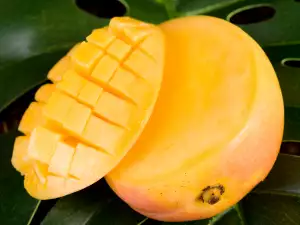
The fruits are rich in phytochemicals with high antioxidant potential, carotenoids (alpha-and beta-carotene, lutein), polyphenols (quercetin), flavones (kempferol), gallic acid, tannins, ketahines and caffeic acid. This fruit contains a special derivative that is not common.
Mangoes are a moderate glycemic index (56) and low glycemic index load (5). 81% of the fruit is water, mango is very rich in carbohydrates (94%), fat is 3%, and protein, another 3%. In a few words - the mango is one of the most complete foods for someone to provide him with everything necessary. Eating a mango covers your daily needs of the vital vitamin A.
Selection and storage of mango
Usually, mangoes are harvested still green and unevenly colored. When choosing a mango, be careful not to select injured fruits. It should be with a smooth surface. The presence of black spots is a sign that the mango is ripe. Green dots suggest that the fruit is still green. In this case, it is better to leave it at room temperature until it is fully ripe. Ripe mango fruits may be stored in the refrigerator for several days. The fruit is very good to eat fresh and slightly chilled. First, the skin must be peeled and then the flesh is cut from its pip.
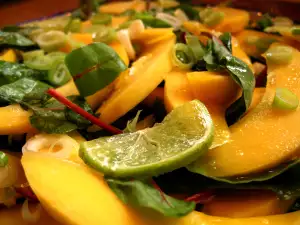
Mango in cooking
Mango is also deeply rooted in cooking, especially in eastern Asian countries. From it are made different and delicious purees, sauces, creams, sorbets. Jams from mango have a unique taste. It is not rare that mango is added in different salads and dishes with meat and fish. In India, mangoes make for delicious sauces and chutney. Indians give special tribute to the fruit. They believe that the mango brings good luck, so during the holidays, people in India decorate the doors of their houses with mango leaves tied together.
Benefits of mango
Beneficial vitamins, minerals and trace elements, as well as manganese help it in becoming an excellent physical helper. It is proved that mango improves kidney and gastrointestinal tract. Huge amounts of vitamin A protect the skin from harmful external influences and keep it fresh and smooth. In addition, regular consumption of the fruit helps to strengthen blood vessel walls and prevent cardiovascular disease.
A number of studies indicated that mango normalizes blood pressure. Mango contains no saturated fat and cholesterol, making it an excellent helper in fighting weight. There is even a mango diet. The fruit has excellent filling properties, but do not overdo it, because it is rich in carbohydrates.
Mango juice can be mixed with various other fruit and even vegetable juices. The fruit juice is gentle, refreshing and diuretic. It’s suitable for cardiovascular diseases, mental and physical fatigue, anemia, liver and kidney diseases. It has the ability to enhance appetite.
It has been shown that mango contains substances that protect the body from infection of listeriosis, scientists have discovered.
Listeriosis is a disease of mammals and birds, which affects the nervous system and internal organs. Infection it is through foods of animal and vegetable origin. Tannin compounds are contained in grape seeds, blocking various pathogenic strains of bacteria, including listeria, a potentially dangerous bacteria contaminating the meat.
Dangers of mango
In fact, there is no harm from the consumption of mangoes. Problems can occur only in people who suffer from allergies, diabetes, obesity and dyspepsia.
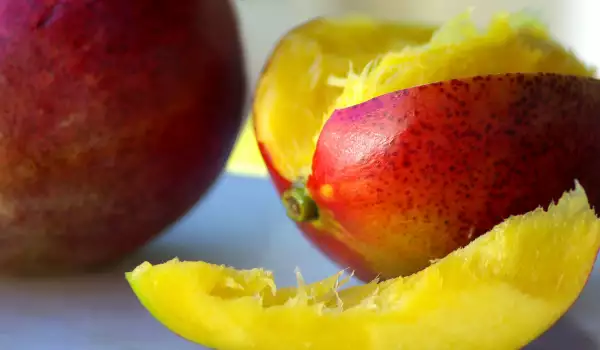
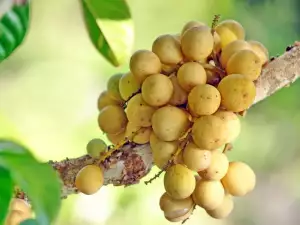

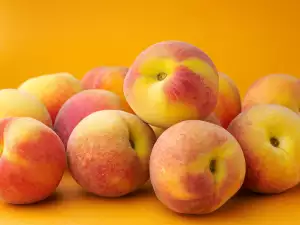
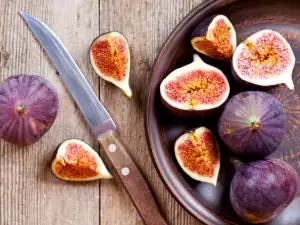

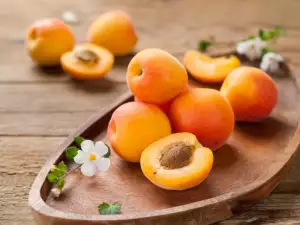

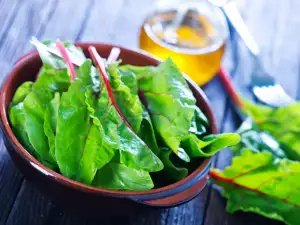



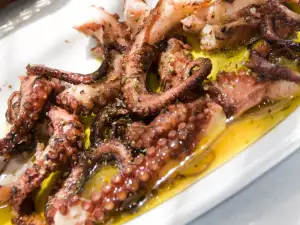
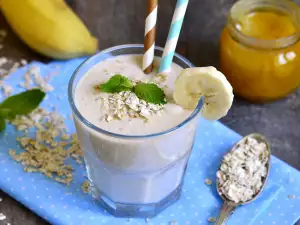
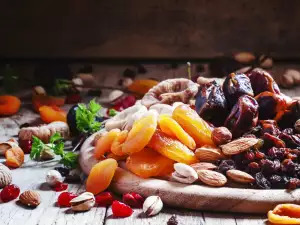





Comments